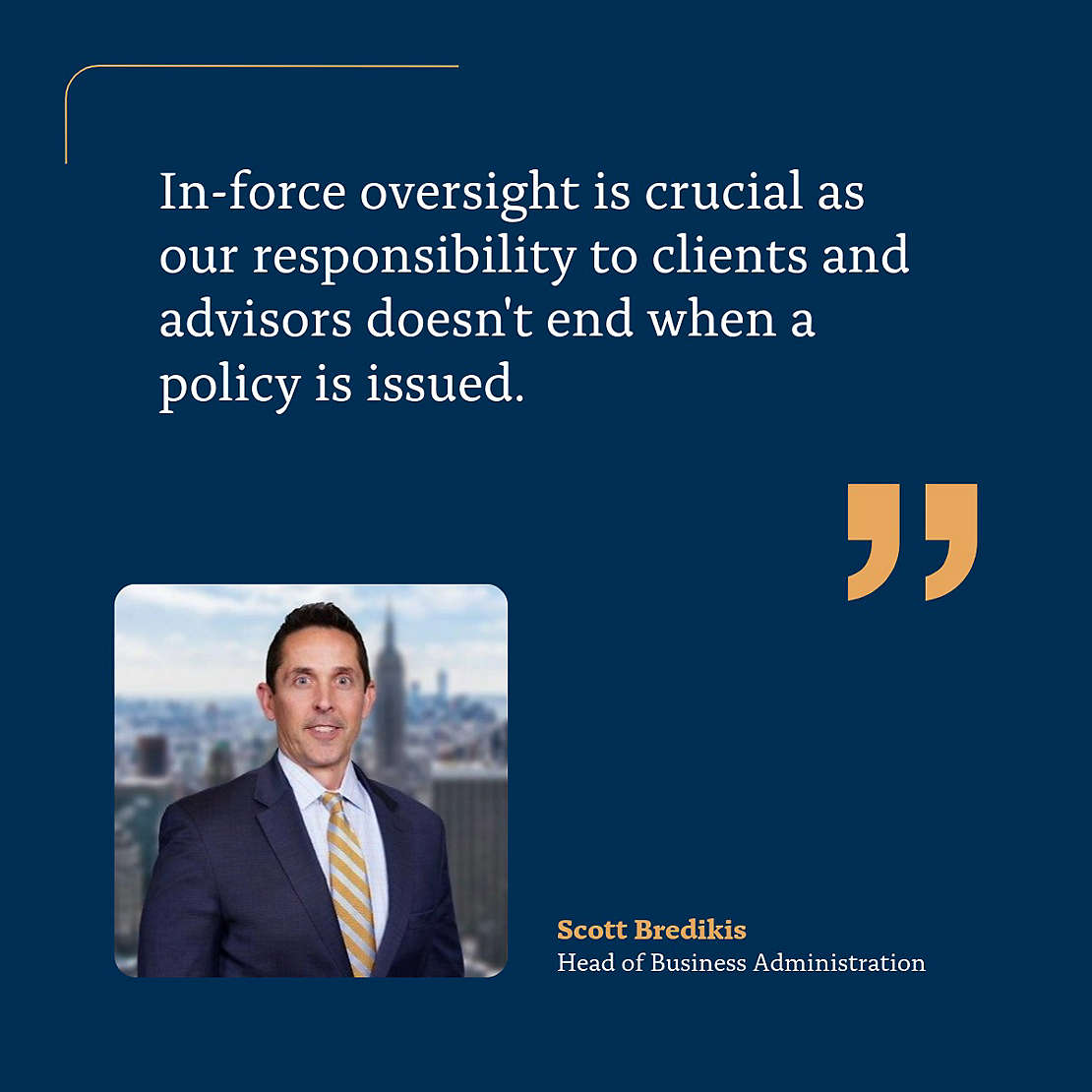Article - 2 Min Read
5 Questions with Scott Bredikis, Head of Business Administration for Retail Annuities at New York Life.
By Retail Annuities Marketing
1. How do emerging regulatory issues impact your role in business administration?
Regulatory changes are central to what we do. Whether it's DOL fiduciary rules, changes to the tax code (e.g. SECURE Act), state Market Conduct Exams, or SEC disclosure updates, our team is responsible for assessing how these changes affect our product suite, forms, and advisor communications. We collaborate closely with Legal and Compliance to adapt quickly and ensure our documentation, processes, and training are up to date, so advisors can continue doing business with confidence and clarity.
2. What’s your approach to managing regulatory filings in a complex product environment?
Every product launch or enhancement requires meticulous coordination of regulatory filings across states. We partner with Product, Legal, and Compliance to ensure all submissions are timely, accurate, and strategically aligned with business goals. By anticipating regulatory expectations and prioritizing clarity and consistency in filings, we help minimize delays and streamline time to market.

3. How does your team stay proactive with tax law developments that could impact annuities?
We are closely connected with our internal tax and legal experts, monitoring legislation like the SECURE Act and IRS guidance on RMDs. When changes occur, we assess their impact on contracts, forms, and in-force products, then develop action plans to address them. That might mean creating new disclosure language, updating client communications, or launching field training initiatives as needed to ensure accurate advisor messaging.
4. What role does in-force product management play in mitigating regulatory and reputational risk?
In-force oversight is crucial as our responsibility to clients and advisors doesn't end when a policy is issued. We continuously monitor our book for potential issues stemming from changing regulations, pricing shifts, or legacy contract features. Proactive outreach, client notifications, and advisor updates help us maintain transparency and reduce surprises. This vigilance protects both our brand and the advisor-client relationship.
5. How do you prioritize cross-functional initiatives that span multiple business lines?
Prioritization starts with business impact and regulatory urgency. We maintain a cross-functional governance model to assess scope, risk, and resource needs. Whether it’s implementing our response to regulatory changes or integrating new tax disclosure requirements, we bring together experts from Product, Ops, Legal, Sales, and Technology to drive coordinated execution.
- Meet Your Wholesaler
Let’s make annuities easier—together.
With simple tools, personal guidance, and ongoing support, planning and decision-making can feel easier and less overwhelming.
SMRU: 8329915.1
